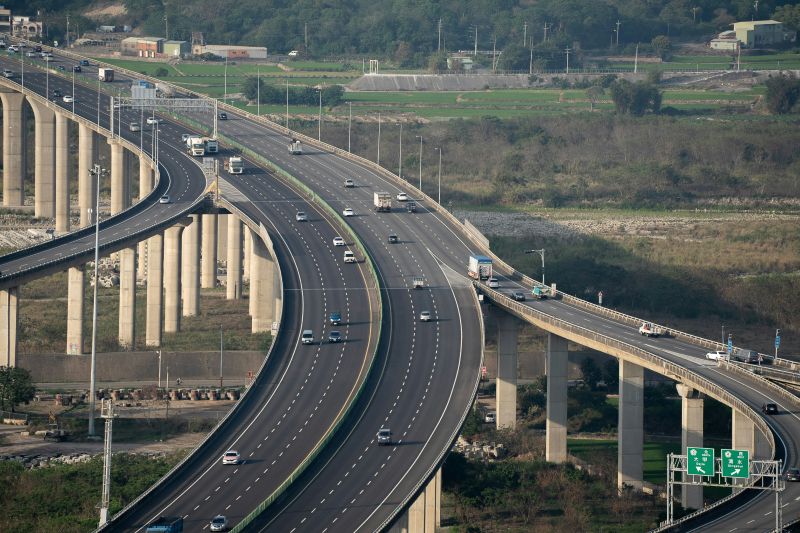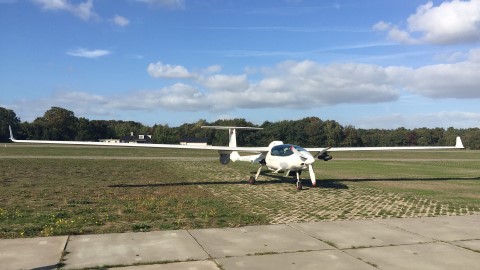Waltham, MA-based Raytheon has developed an unmanned common ground control system that uses a single, cyber-hardened workstation to operate any of the Navy’s entire portfolio of unmanned systems, or UxS, the company announced May 7. That goes for UxS on the sea surface, underwater and in the air.
“One of the problems the Navy has is that it only has so much space on its ships, whether it’s an aircraft carrier, cruiser, frigate or whatever,” said Bob Busey, Raytheon director of unmanned vehicle control systems. “They can’t afford to have ground control stations for five or six different types of unmanned vehicles on a ship. They just don’t have that kind of footprint.”
The Raytheon Common Ground Control System uses a modular, open architecture that takes advantage of the Unmanned Aircraft System Control Segment standard, or UCS. This design allows the Navy to rapidly add new features, eliminate redundant software development, reuse common software services, consolidate product support and reduce costs.
The system can also easily use other open system standards, such as Open Mission Systems; Universal Command and Control; and Future Airborne Capability Environment services.
“The beauty of … using the UCS standard is that it can integrate third-party packages for things like mission management, mission planning, maps and graphic user interfaces,” Busey said. “If they want a GUI that looks like a manned system or a yellow button here instead of a red button there, then it can be very quickly, easily and affordably integrated. That way, they’re not reinventing the wheel every time they need a new map.”
A Common Ground Control System will also make it easier to train sailors to operate UxSs and control multiple vehicles. For example, an MQ-4C Triton pilot could also fly an MQ-8 Fire Scout or the MQ-25 Stingray. Those Navy operators could also conceivably take the controls of subsurface drones or unmanned surface ships.
“It’s really not that different than flying an aircraft in many ways,” Busey said. “They all go up and down—well, hopefully the surface ships aren’t, but—they all go left or right. They still all have to avoid different obstacles whether it’s bad weather, mountains or actual land masses. And they all have similar missions. Therefore, if the GUI is familiar, a sailor could learn to operate multiple vehicles using a single laptop or tablet.”
Vehicle controls are similar in the Navy’s UxSs, and so are a lot of the functions. They all have sensors, like electro-optical and infrared cameras that aim in different directions and zoom in and out. The commands that tell that sensor what to do are the same whether it’s a Fire Scout or MQ-9 Reaper.
“Regardless of whether it’s a sensor, command and control, or engine instructions, like ‘come up on the throttle,’ that module of code can be reused no matter the vehicle,” said Kurt Engel, Raytheon CCS business development manager. “That reusability amounts to a tremendous savings, because there’s several thousand lines of code just in the slew functions of an EO/IR ball.”
Raytheon’s CGCS is ready to be deployed now, with some of the elements of the UCS architecture being used in other military ground control systems, according to Engel. The Raytheon team is also eyeing some opportunities with other branches of the military.
“The Defense Department is already looking at a multi-domain command and control approach — it’s manned, unmanned, space; it’s airborne, ground systems, surface and subsurface,” Busey said. “They want our forces to have connectivity to everything, all the assets that are available to them, whether it’s Army, Navy, Air Force or Marines.”
Source: Raytheon









